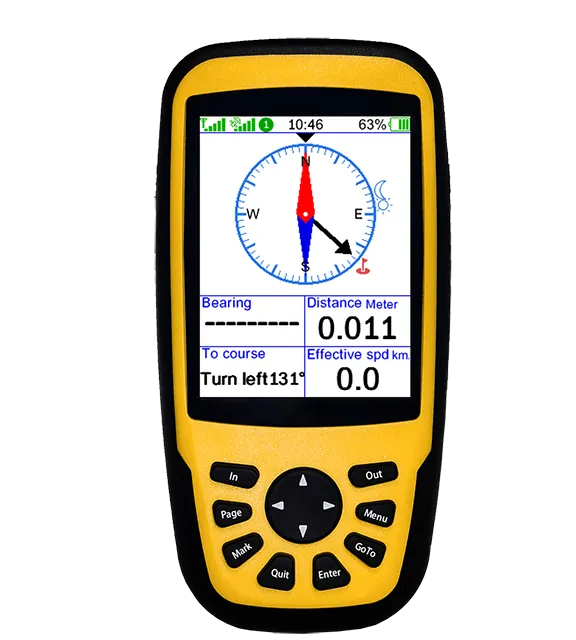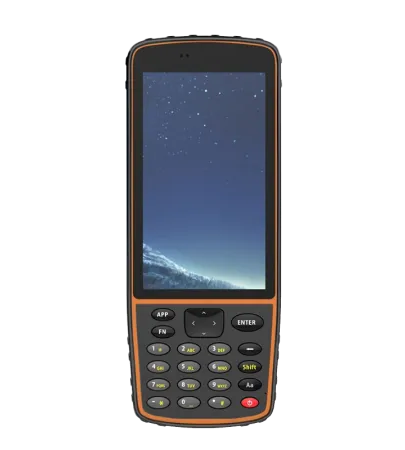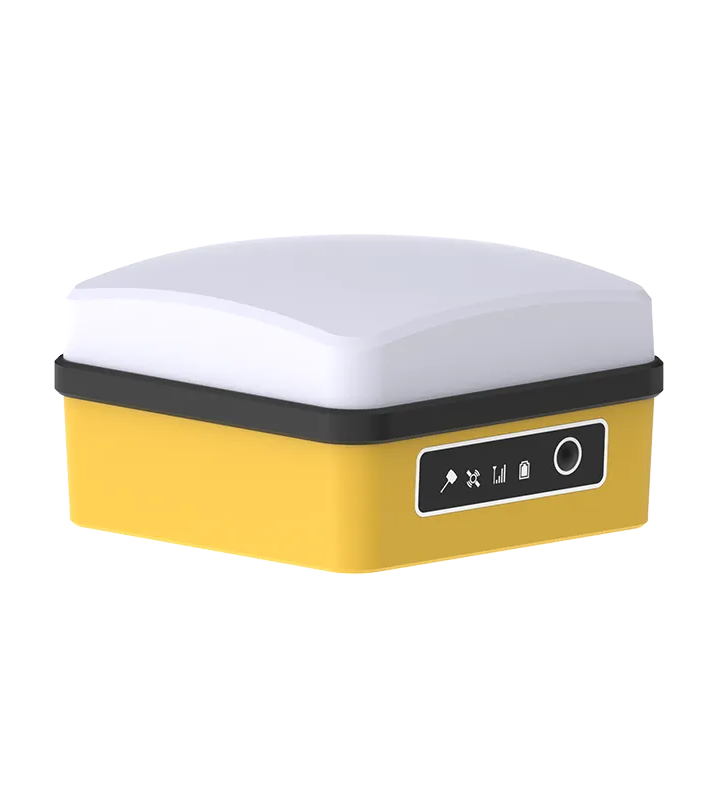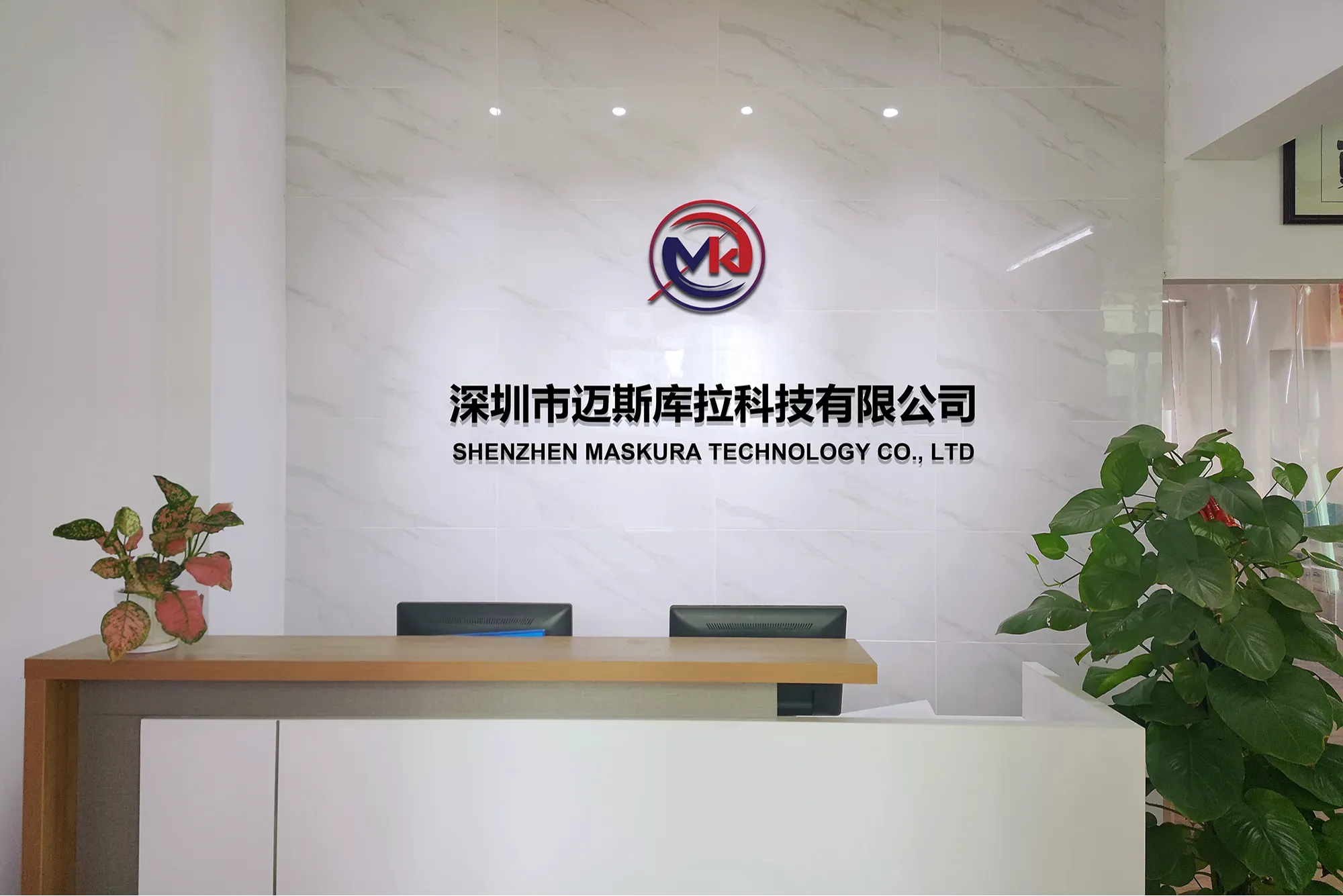Innovative Technology Solutions
Delivering cutting-edge technological advancements for diverse industries.

Maskura Technology offers a comprehensive range of high-quality RTK Antenna systems. Our antennas are designed for precision, reliability, and durability, ensuring accurate measurements in various applications. Discover how our RTK Antenna can enhance your surveying and agricultural projects.

Maskura Technology designs and manufactures high-performance RTK antennas optimized for precise satellite signal reception. Our antennas provide reliable, centimeter-level positioning accuracy, essential for surveying, construction, and mapping projects. B2B clients benefit from Maskura’s advanced technology that enhances signal stability and data quality in demanding environments.

Maskura Technology provides customizable RTK antenna solutions to meet specific client requirements. Whether for unique form factors or frequency bands, our flexible design options enable seamless integration into various GNSS systems. B2B customers benefit from Maskura’s tailored approach, enhancing project-specific precision and compatibility.

As a trusted supplier, Maskura Technology delivers RTK antennas backed by rigorous quality control and engineering expertise. Our commitment to innovation and customer service makes us a preferred B2B partner for companies requiring precise, reliable satellite signal reception in their positioning systems.
Maskura Technology provides RTK Antenna designed to perform reliably in all weather conditions. Our weather-resistant antennas ensure consistent accuracy, regardless of environmental challenges. This makes them perfect for outdoor applications where precision is crucial.

Shenzhen Maskura Technology, a renowned manufacturer of Hi-tech GNSS surveying equipment, has been at the forefront of innovation since its establishment in 2011. Specializing in a diverse range of products including RTK receivers, antennas, sophisticated software, land levelers, and autopilot systems, the company offers dependable and high-quality solutions to customers across the globe. With a focus on precision and accuracy, Maskura Technology's surveying equipment is trusted by professionals in various industries, ensuring accurate measurements and seamless operations. The company's commitment to excellence and continuous innovation has made it a leading choice for those seeking advanced surveying solutions.
Delivering cutting-edge technological advancements for diverse industries.
Ensuring superior product quality with rigorous testing and precision engineering.
Providing tailored solutions and excellent support to meet unique client needs.
Committed to meeting client needs with tailored solutions and exceptional support.

26
JulMaskura Technology's RTK Antenna are known for their precision, reliability, and durability. Our advanced technology ensures superior signal reception and minimal interference, providing accurate measurements in various environmental conditions. We continuously innovate to meet the evolving needs of professional surveyors and agricultural users.
Our RTK Antenna are engineered with advanced technology to provide superior signal strength and minimal signal loss. This ensures accurate and reliable measurements for land surveying, agriculture, and construction applications. Our commitment to quality ensures consistent performance in all projects.
We recommend regular cleaning of the antenna surfaces and checking for any physical damage. Proper storage when not in use and ensuring firmware updates are also important. Our team provides comprehensive support to help customers maintain optimal performance of their RTK Antenna.
Our RTK Antenna are built with high-quality materials and undergo rigorous testing to ensure they can withstand demanding field conditions. We design our antennas to be weather-resistant and durable, providing reliable performance in various environments.
Yes, our RTK Antenna are designed to be easily integrated with existing GNSS systems and equipment. Our compact and versatile designs ensure compatibility with a wide range of applications, enhancing the functionality of your current setup.
Our RTK Antenna are widely used in land surveying, agriculture, and construction. They provide precise measurements for field mapping, autopilot systems, land leveling, and site management. The versatility of our antennas makes them suitable for various professional applications where accuracy is crucial.
